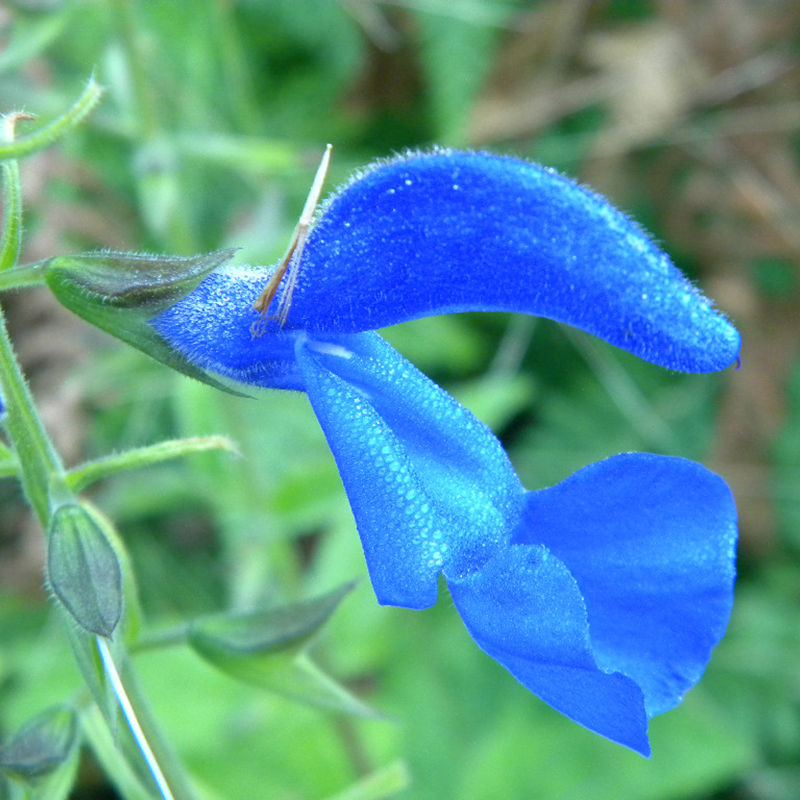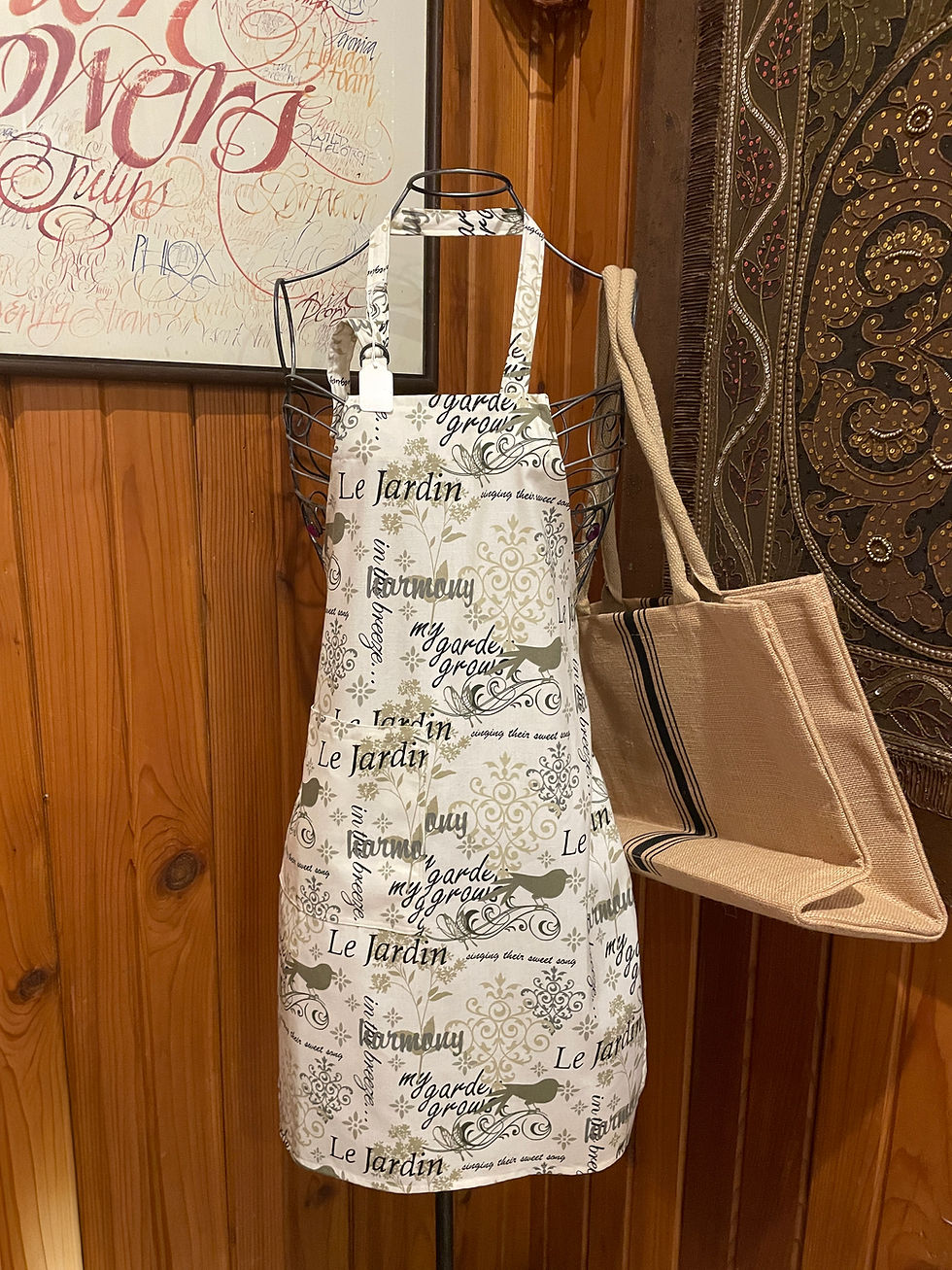LadybugsLadybugs eat aphids and other soft-bodied insects and they're cute too! We really enjoy just seeing them wandering around in our greenhouses looking for something to eat.The Pest: AphidsFirst Sign: Wilted-looking plants that aren't thriving. Looking closer, dense colonies of tiny (1/32" - 1/8") soft bodied, pear-shaped insects are seen, expecially on tender growing tips and undersides. Young Aphids look like miniature adults. And the whole family will be found feeding together.Species Identification: Aphids come in almost every color. They can be green, yellow, pink, brown, black or any shade in between. To be certain of an Aphid diagnosis, use a magnifier to find the pair of tiny "dual exhaust pipes" on their posteriors. These are properly termed "cornicles" and Aphids are the only insects that have them.
Special Species Notes: Aphids feed by sucking plant juices, which is damaging enough, but the most serious damage comes from the plant diseases they carry. They also produce honeydew. This can grow an unsightly, and potentially fatal, sooty black mold, which hoses off, or washes off with soapy water. Aphids multiply so rapidly because they're born pregnant. In fact, there are tiny secondary embryos inside the first embryos!
Add to this the fact that Aphids reach adulthood in one week and you can see why they can wreak such rapid devastation. Finally, there are so many Aphid species that just about every plant has at least one species that likes it.The Good Bugs: Ladybugs
Typically, Ladybugs (Hippodamia convergens) eat over 5,000 Aphids and other soft-bodied pests during their one-year lifetime. Ladybugs are one of the few beneficial insects that can be stored, dormant, in the refrigerator for up to a few weeks, depending on the time of year, as long as they don't freeze or dry out. This allows you to use a few at a time, as needed.
If Ladybugs tend to fly away, spraying their backs with a soda pop/water solution glues their wings shut for about a week. We include instructions for this, as well as detailed release notes with your order.
After your Ladybugs are around for awhile keep an eye out for the little critter in the photo to the right. It is the larvae of the Ladybug and will turn into an adult and produce more Ladybugs to add to the army.
top of page
Since 1989...complimentary seed pack with every seed order!
$14.95Price
No Reviews YetShare your thoughts.
Be the first to leave a review.
Related Products
bottom of page





























